Home>Garden Essentials>What Plants Germinate In Winter
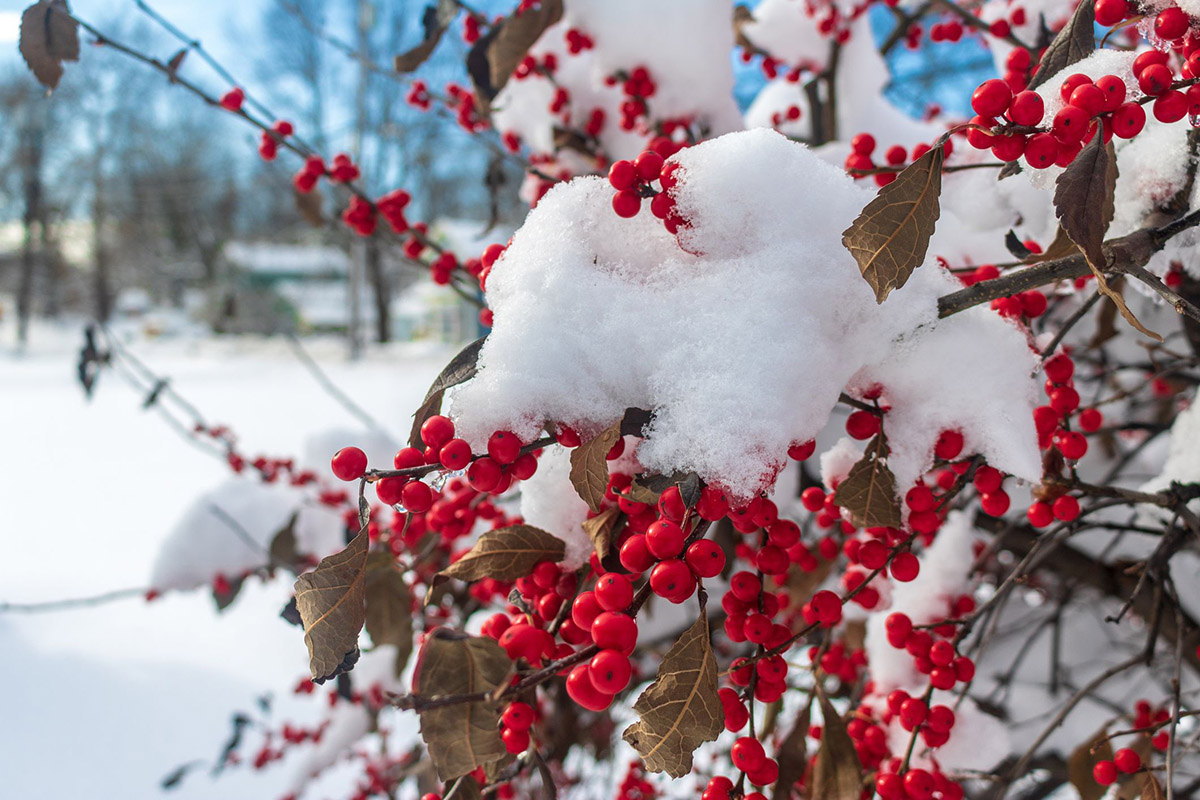

Garden Essentials
What Plants Germinate In Winter
Modified: March 18, 2024
Discover which plants can successfully germinate in winter for your garden. Enhance your winter gardening knowledge and bring life to your outdoor space even in the colder months.
(Many of the links in this article redirect to a specific reviewed product. Your purchase of these products through affiliate links helps to generate commission for Storables.com, at no extra cost. Learn more)
Introduction
Welcome to the fascinating world of winter seed germination! Many people assume that winter is a dormant period for plants, but in reality, there are several species that actually thrive during this season. Winter germination involves the process of seeds sprouting and establishing themselves in the colder months, ready to take off with the arrival of spring. It is an intriguing phenomenon that showcases the resilience and adaptability of plants.
Winter germination is not a common occurrence for all plant species, as the cold temperatures and frost pose challenges for many plants. However, certain factors and adaptations allow some plants to successfully germinate and grow during the winter months.
In this article, we will explore the factors that affect winter germination, discuss the plants that are known to germinate in winter, highlight cold-tolerant winter germinators, and provide strategies for successful winter seed germination.
So, whether you are a gardener looking to expand your planting options or simply curious about the wonders of nature, read on to discover the fascinating world of winter seed germination.
Key Takeaways:
- Winter seed germination is a fascinating process where certain plants defy the cold and sprout, adding color and life to the winter landscape. Understanding their unique adaptations can help gardeners create optimal conditions for successful growth.
- By employing strategies like cold stratification and protective coverings, gardeners can increase the chances of winter seed germination. Patience and observation are key as nature works its magic amidst the chill and frost.
Read more: What Grass To Plant In Winter
Factors Affecting Winter Germination
Winter germination is influenced by various factors that determine the success of seed sprouting and establishment. These factors include temperature, moisture, light, seed dormancy, and the presence of specific germination cues.
Temperature: Cold temperatures play a crucial role in triggering winter germination. Some seeds require a period of cold stratification, where they are exposed to cold temperatures in order to break their dormancy and stimulate germination. This process mimics the natural conditions that seeds experience during the winter months.
Moisture: Adequate moisture is essential for successful germination, regardless of the season. In winter, snow and rainfall provide the necessary moisture for seeds to absorb and initiate germination. However, excessive moisture can lead to rotting or fungal diseases, so it is important to find the right balance.
Light: While light is generally important for plant growth, some seeds actually prefer darkness to germinate. These seeds rely on the cold, dark conditions of winter to trigger their germination process. In contrast, other seeds may require light exposure to germinate, so it is important to understand the specific light requirements of the seeds you are working with.
Seed Dormancy: Many seeds have built-in mechanisms of dormancy that prevent germination until certain conditions are met. Winter germinators have evolved to have specific dormancy breakers, such as cold stratification, which enables the embryo to develop and initiate germination once suitable conditions arise.
Germination Cues: Some seeds require specific cues, such as exposure to fire or the enzymes present in the digestive systems of animals, to germinate. These cues are often linked to environmental changes that occur during winter, such as wildfires or the presence of animals scavenging for food. Understanding these unique germination cues is essential for successfully growing winter germinators.
By considering these factors and understanding the specific requirements of different plant species, gardeners and enthusiasts can create ideal conditions for winter germination and witness the magic of life sprouting amidst the cold winter landscape.
Plants that Germinate in Winter
While winter is often associated with a barren and dormant landscape, there are several plant species that defy this notion and actually germinate during the colder months. These winter germinators have unique adaptations that enable them to take advantage of the resources available in winter, ensuring their survival and early growth when spring arrives.
Here are some examples of plants that are known to germinate in winter:
- Winter Aconite (Eranthis hyemalis): This small, yellow-flowered perennial bursts into life during the winter months, often appearing as a carpet of bright blooms on the forest floor. These hardy plants have tuberous roots that enable them to survive the frost and emerge early in the year.
- Snowdrops (Galanthus nivalis): Snowdrops are iconic winter bloomers, with delicate white flowers that emerge from the snow-covered ground. They are known for their resilience and their ability to withstand cold temperatures and thrive in shady environments.
- Winter Hellebore (Helleborus niger): Also known as the Christmas Rose, this evergreen perennial blooms in late winter, showcasing beautiful white or pink flowers. It is adapted to endure the harsh conditions of winter, and its unique foliage provides protection against frost.
- Japanese Quince (Chaenomeles japonica): This shrub produces vibrant red or orange flowers during late winter or early spring. It can tolerate cold temperatures and is a popular choice for adding color to winter gardens.
- Primrose (Primula vulgaris): Primroses are early bloomers that bring a burst of color to winter landscapes. With their vibrant yellow, pink, or purple flowers, they thrive in cool temperatures and shade.
These are just a few examples of the many plant species that have evolved adaptations to germinate and grow during the winter. Their ability to thrive in colder conditions not only adds beauty to the winter landscape but also provides essential food and habitat for early pollinators and wildlife.
Some plants that germinate in winter include winter wheat, rye, and certain types of cover crops like clover and vetch. These plants can help improve soil health and prevent erosion during the winter months.
Cold-Tolerant Winter Germinators
In the world of winter seed germination, some plants stand out for their exceptional tolerance to cold temperatures. These cold-tolerant winter germinators are equipped with special adaptations that enable them to not only survive but thrive in the harsh winter conditions. These plants have evolved unique strategies to cope with freezing temperatures, frost, and limited resources. Here are a few examples:
- Arctic Willow (Salix arctica): This small shrub is found in Arctic regions and is well-adapted to withstand extremely low temperatures. Its flexible branches and insulating bark help it endure the freezing environment. The Arctic Willow is capable of producing roots and shoots even in frozen soil, making it an excellent example of a cold-tolerant winter germinator.
- Siberian Spruce (Picea obovata): This coniferous tree is known for its ability to withstand severe cold and harsh weather conditions. It has needle-like leaves that help reduce water loss and withstand freezing temperatures. The Siberian Spruce is a hardy winter germinator that can thrive in cold regions with a short growing season.
- Alpine Crowberry (Empetrum nigrum): Found in high-altitude regions, the Alpine Crowberry is well-adapted to extreme cold. Its evergreen foliage and low-growing habit help protect it from the elements. This winter germinator produces edible black berries and plays a vital role in providing food for various wildlife species during the winter months.
- Snowberry (Symphoricarpos albus): The Snowberry is a deciduous shrub that thrives in cold climates. It produces clusters of white berries that remain on the plant even after the leaves have fallen, creating a captivating winter display. The Snowberry helps provide food and shelter for birds and small mammals during the colder months.
- Wintergreen (Gaultheria procumbens): This low-growing evergreen plant is known for its glossy leaves and aromatic berries. It can withstand freezing temperatures and is often found in colder regions, including North America and Europe. The Wintergreen is valued for its medicinal properties and adds a touch of green to winter landscapes.
These cold-tolerant winter germinators showcase nature”s incredible ability to adapt and thrive in challenging environments. By understanding their unique adaptations, gardeners and nature enthusiasts can select and cultivate plants that are resilient and well-suited to withstand the cold temperatures of winter. Incorporating these plants into winter gardens can create a stunning and vibrant display during a season often associated with dormancy and pallor.
Strategies for Winter Seed Germination
Winter seed germination requires careful planning and implementation to ensure successful growth and establishment. By employing certain strategies, gardeners and nature enthusiasts can increase the chances of seed sprouting and provide optimal conditions for winter germination. Here are some effective strategies to consider:
1. Cold Stratification: Many winter germinators require a period of cold stratification to break their dormancy. This can be achieved by placing the seeds in a moist medium and storing them in a cool environment, such as a refrigerator, for a certain period of time. Cold stratification mimics the natural winter conditions and prompts germination when spring arrives.
2. Pre-Soaking: Some seeds benefit from pre-soaking before sowing. This can help to soften the seed coat and facilitate faster germination. Soak the seeds in water overnight or for several hours before planting them in a suitable growing medium.
3. Protective Coverings: Providing a protective covering, such as a layer of mulch or straw, helps insulate the soil and protect the seeds from extreme temperatures. This layer also helps retain moisture and prevents rapid soil temperature fluctuations, creating a more favorable environment for germination.
4. Season Extension: To create a longer germination window, use season extension techniques such as cold frames, polytunnels, or row covers. These structures help moderate temperature fluctuations, providing a more stable and protected environment for seeds to germinate.
5. Adequate Moisture: Ensure that the seeds have access to sufficient moisture during the germination process. Although winter may have periods of rainfall or snow, monitor the moisture levels and water as needed to keep the seeds hydrated. Avoid overwatering, as this can lead to waterlogging and rotting of the seeds.
6. Light Requirements: Be aware of the specific light requirements of the seeds you are germinating. Some seeds may require darkness to germinate, while others may need exposure to light. Place your seeds accordingly, considering their unique light preferences.
7. Choosing the Right Plants: Select plant species and varieties that are well-suited for winter germination. Research and choose plants that are known to have adaptations for cold-tolerance and winter growth. This will increase the chances of successful germination and establishment.
8. Observation and Patience: Lastly, be patient and observe the progress of your winter germinators. Some seeds may take longer to germinate, especially in cold conditions. Regularly monitor the moisture levels, temperature, and growth of your seedlings to ensure they are on the right track.
By employing these strategies and understanding the specific needs of the plants you are working with, you can create optimal conditions for winter seed germination. Embrace the magic of winter and witness the resilience and beauty of plants as they sprout and thrive during the colder months.
Read more: What To Plant In Winter Garden
Conclusion
Winter seed germination is a remarkable phenomenon that defies the common perception of plants lying dormant during the colder months. It is a testament to the ingenuity and adaptability of nature, showcasing the resilience of certain plant species to thrive in even the harshest winter conditions. By understanding the factors that influence winter germination and employing effective strategies, gardeners and nature enthusiasts can create optimal conditions for seed sprouting and witness the beauty of winter germinators.
Throughout this article, we explored the factors that affect winter germination, including temperature, moisture, light, seed dormancy, and germination cues. We also delved into some notable plants that are known to germinate in winter, such as winter aconite, snowdrops, winter hellebore, Japanese quince, and primrose. These plants bring color and life to the winter landscape, defying the barrenness often associated with the season.
We also explored cold-tolerant winter germinators, including the Arctic willow, Siberian spruce, alpine crowberry, snowberry, and wintergreen. These plants have evolved remarkable adaptations to withstand freezing temperatures and thrive in harsh winter environments, showcasing nature’s ability to survive and thrive in challenging conditions.
To increase the chances of successful winter seed germination, we discussed strategies such as cold stratification, pre-soaking, protective coverings, season extension, providing adequate moisture, considering light requirements, choosing the right plants, and practicing patience and observation. By implementing these strategies, gardeners can create favorable conditions for seeds to sprout and establish, allowing for a successful winter germination experience.
As you embark on your winter gardening journey or simply observe the wonders of nature, take the opportunity to appreciate the resilience and beauty of plants that germinate in winter. It is a testament to the incredible adaptability and survival instincts of the natural world. So, embrace the magic of winter germination, and enjoy the stunning displays of life amidst the chill and frost.
Frequently Asked Questions about What Plants Germinate In Winter
Was this page helpful?
At Storables.com, we guarantee accurate and reliable information. Our content, validated by Expert Board Contributors, is crafted following stringent Editorial Policies. We're committed to providing you with well-researched, expert-backed insights for all your informational needs.
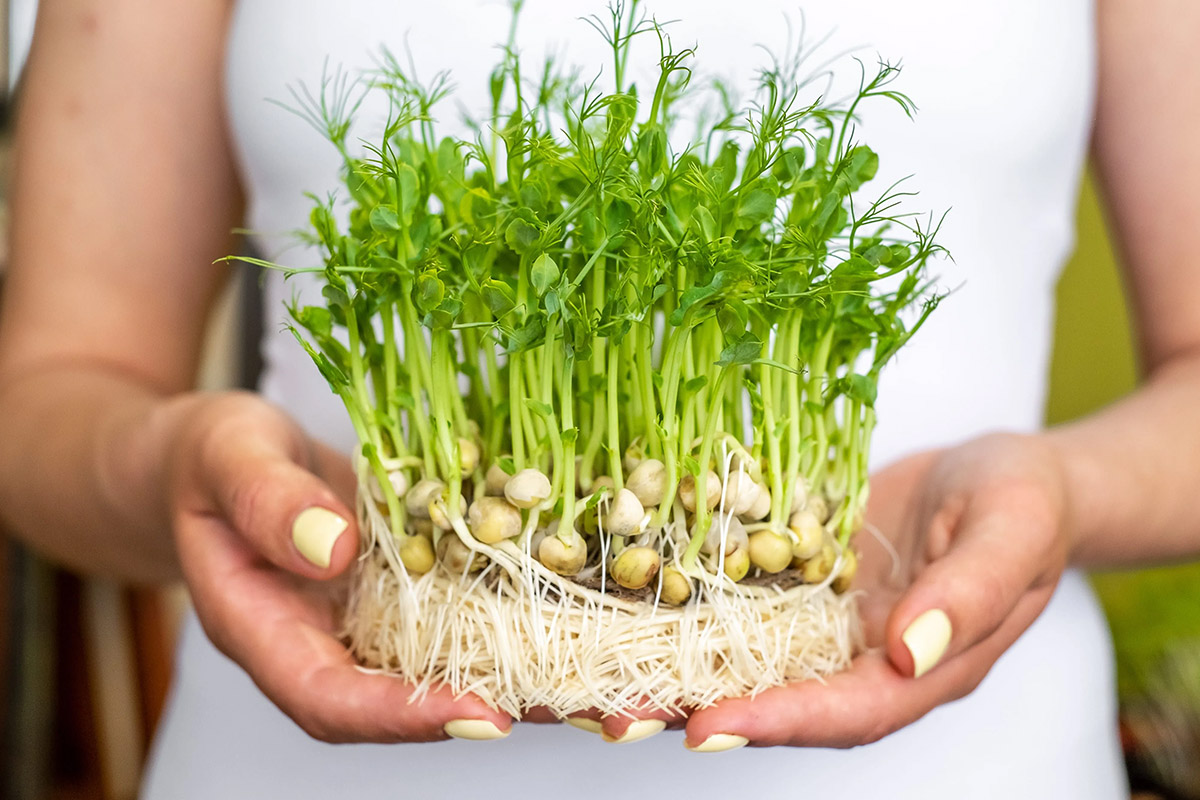
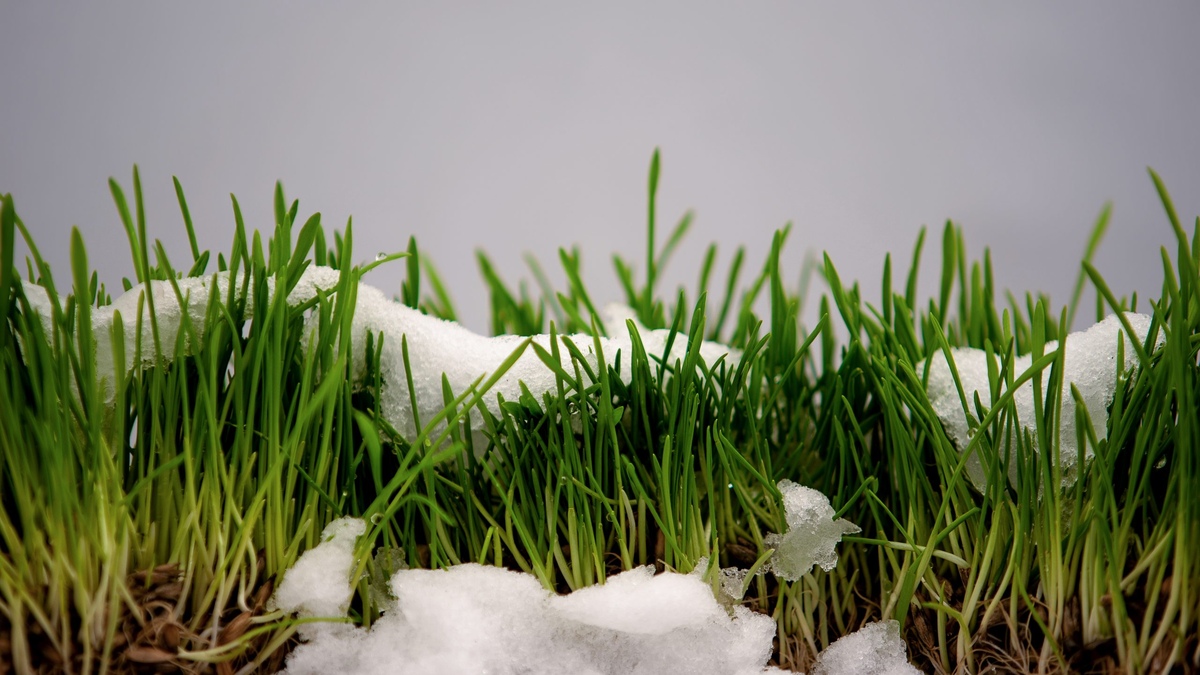
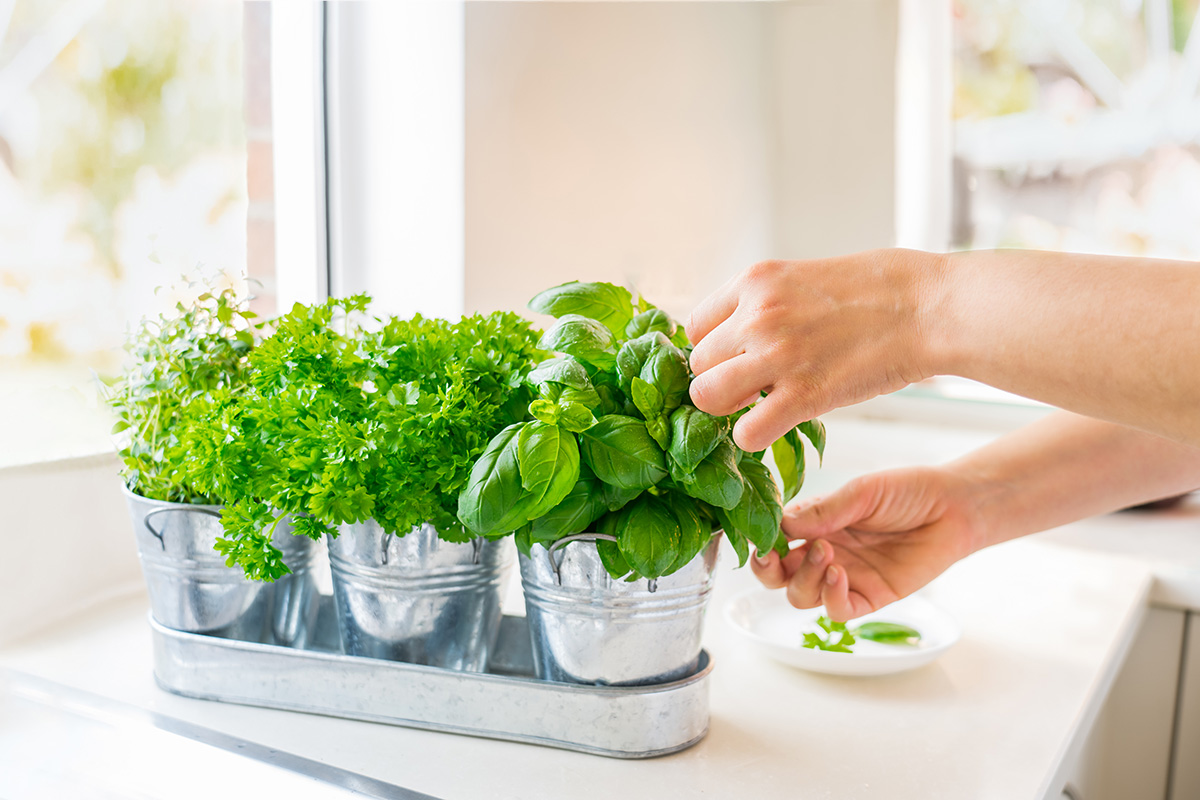
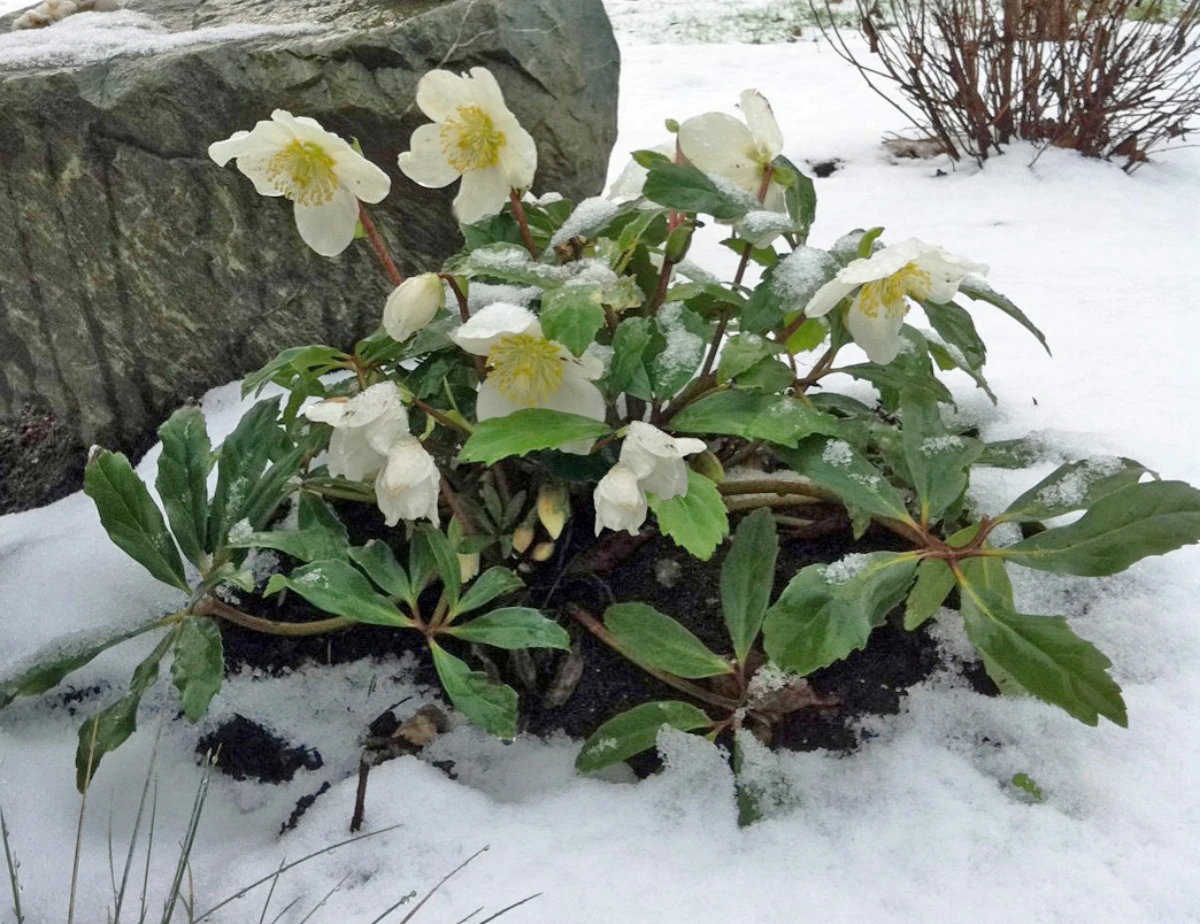

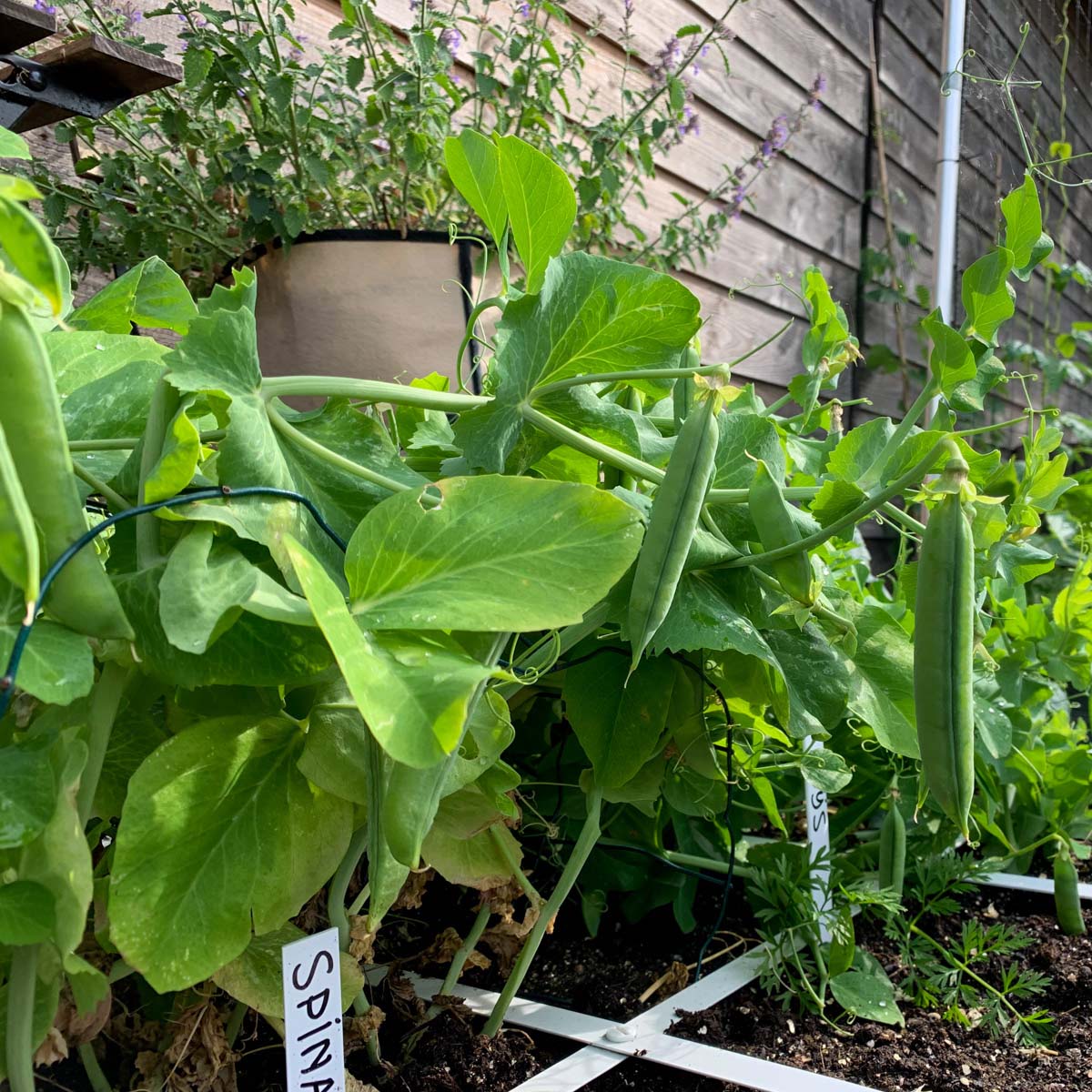
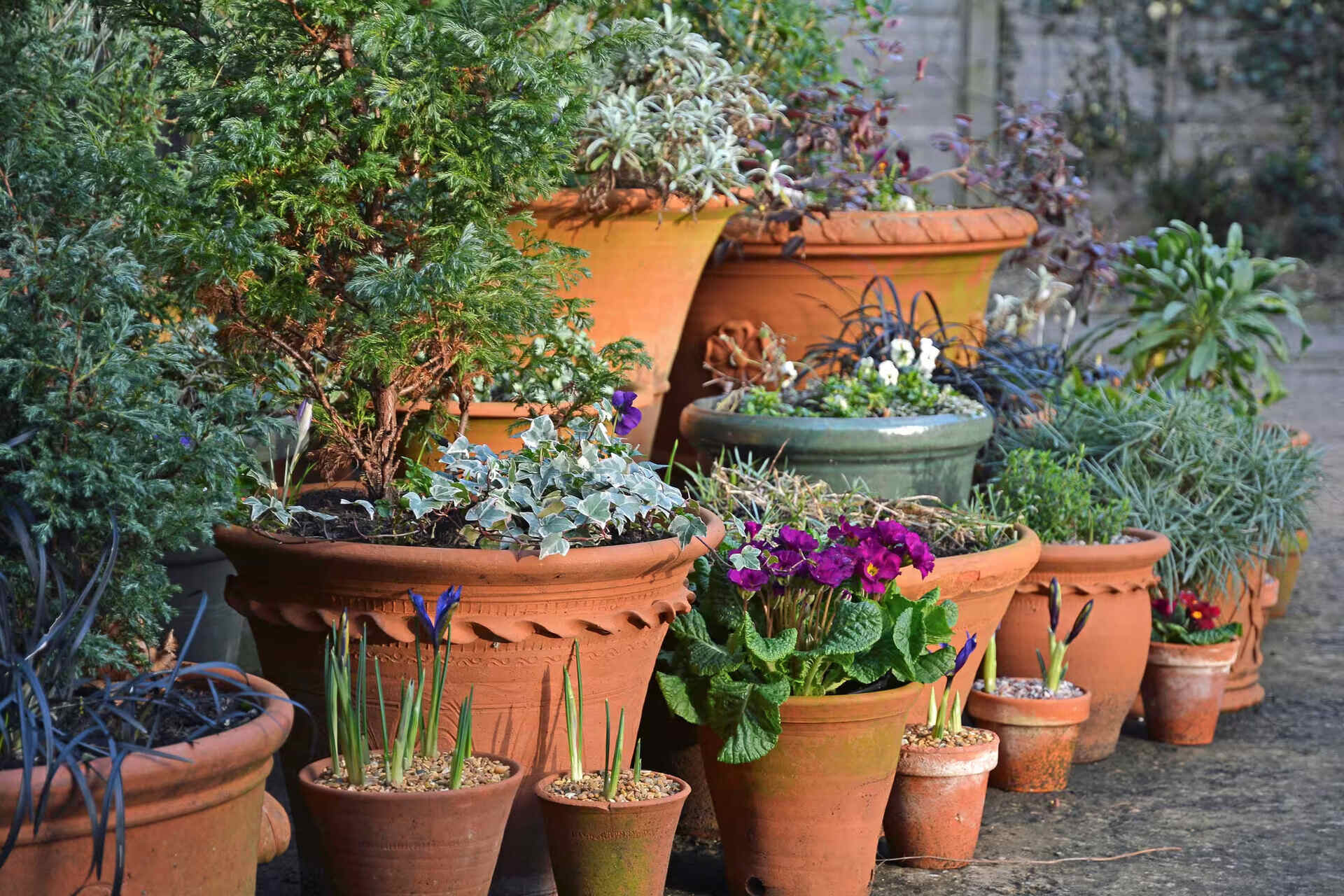
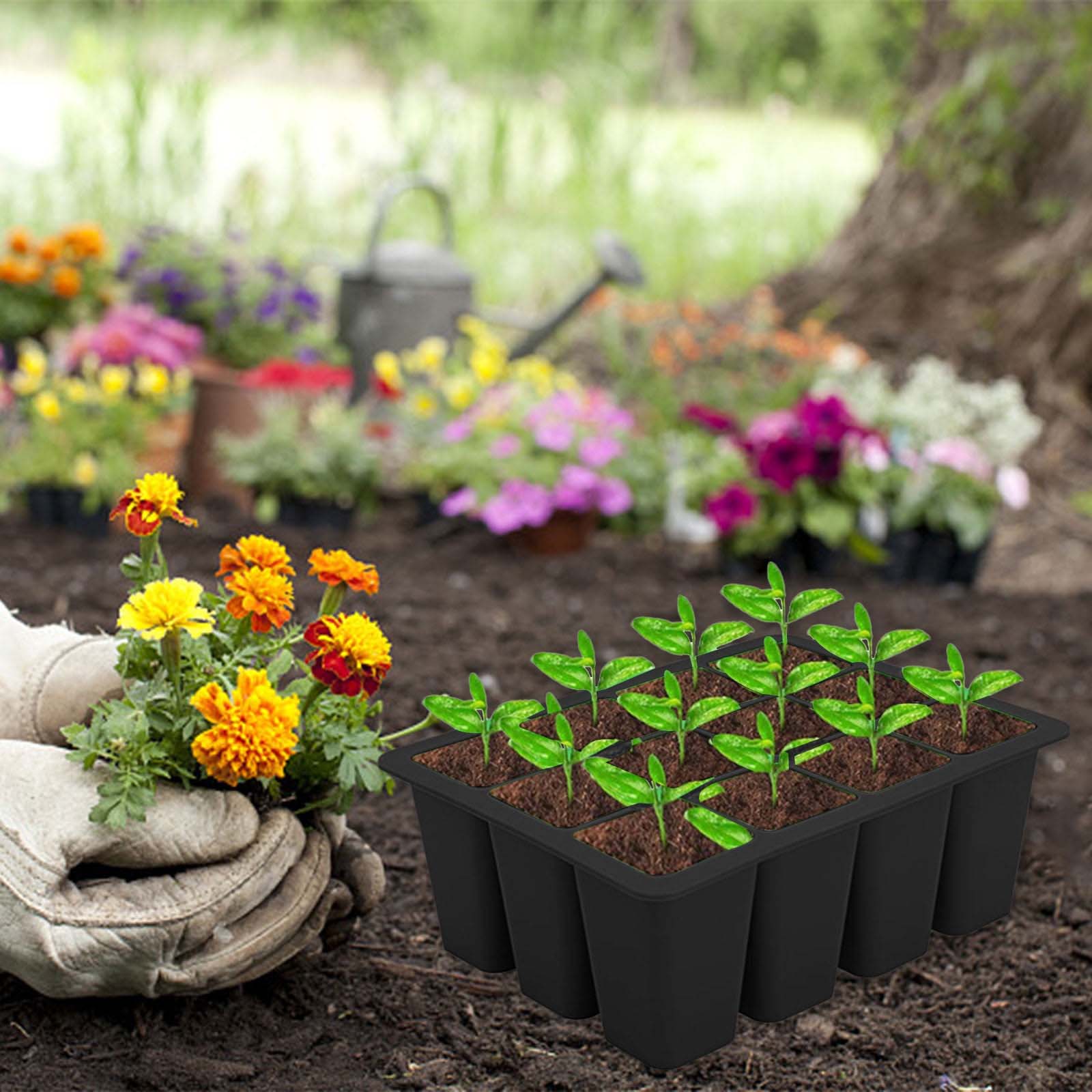
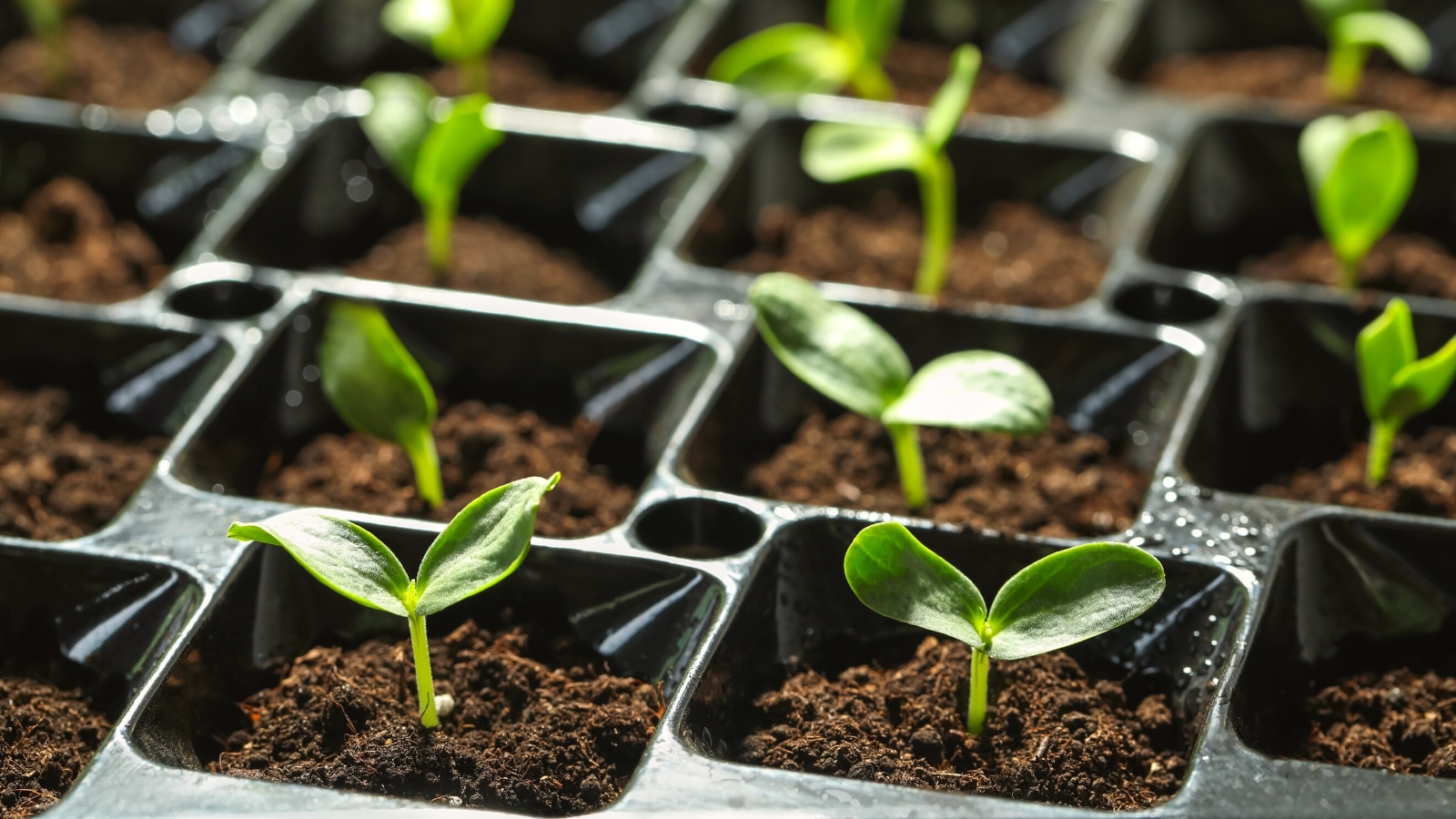
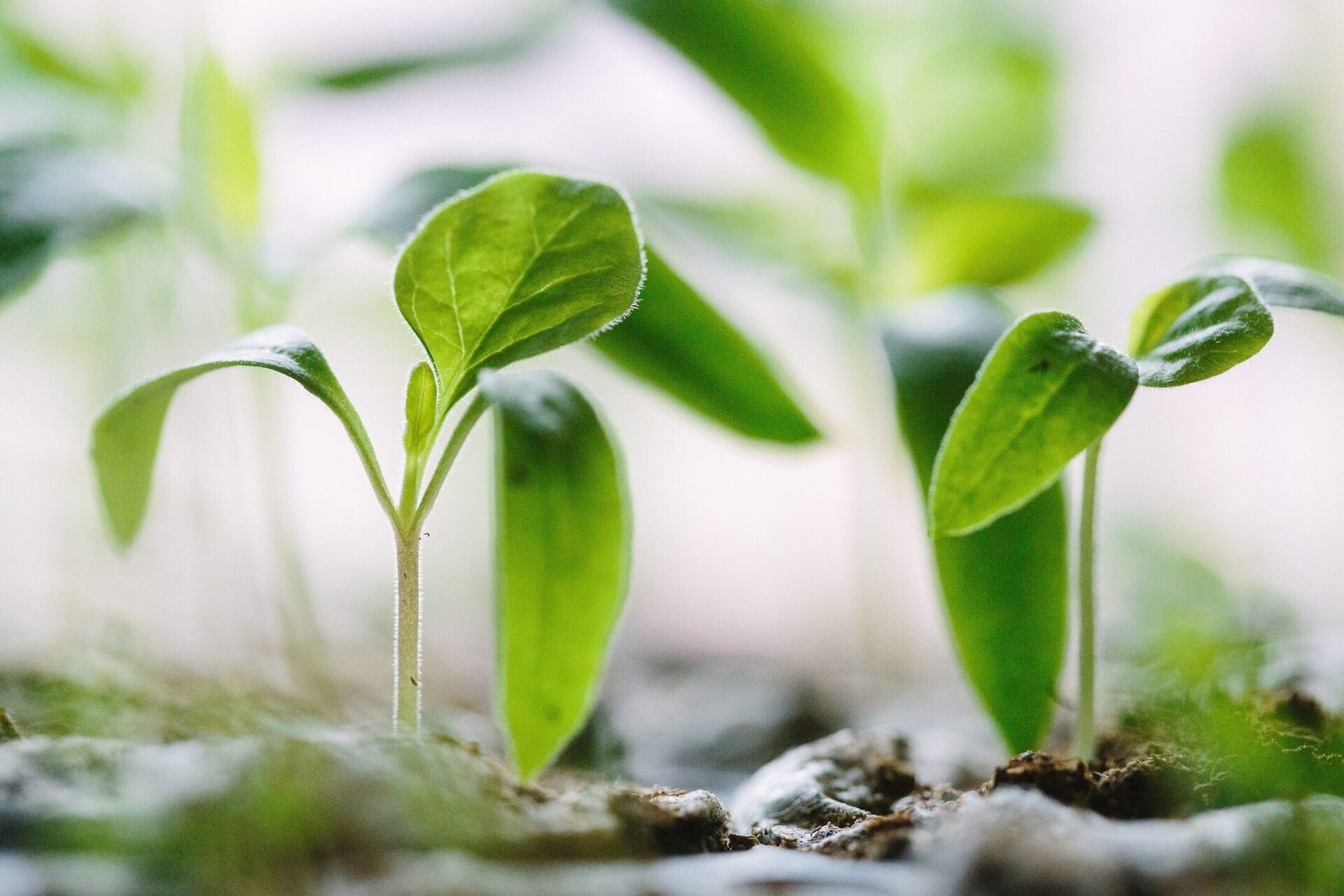
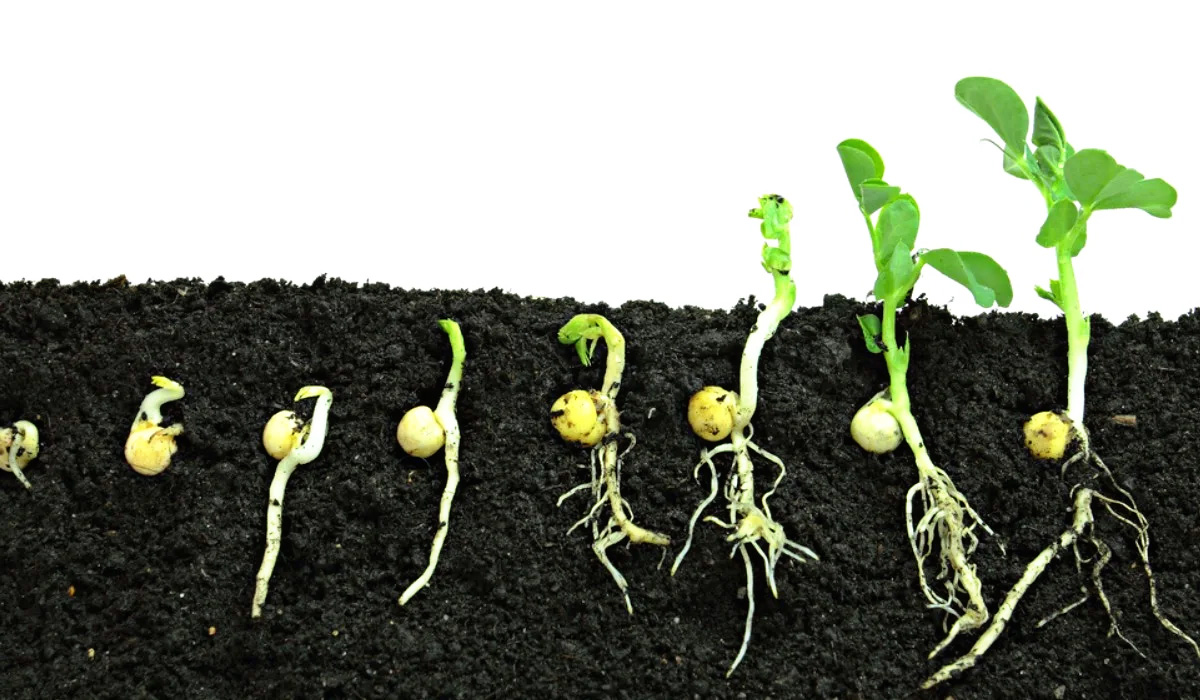
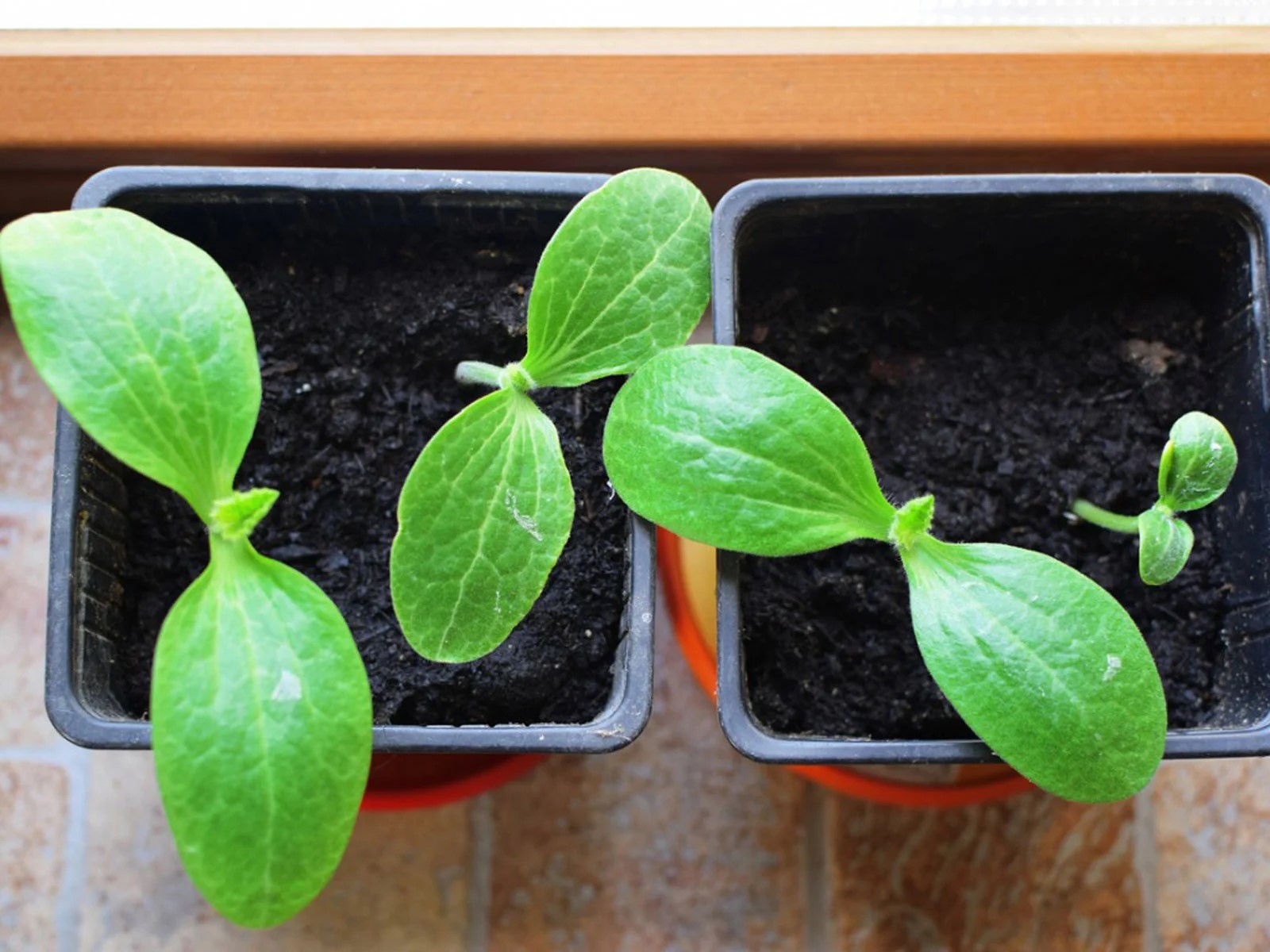
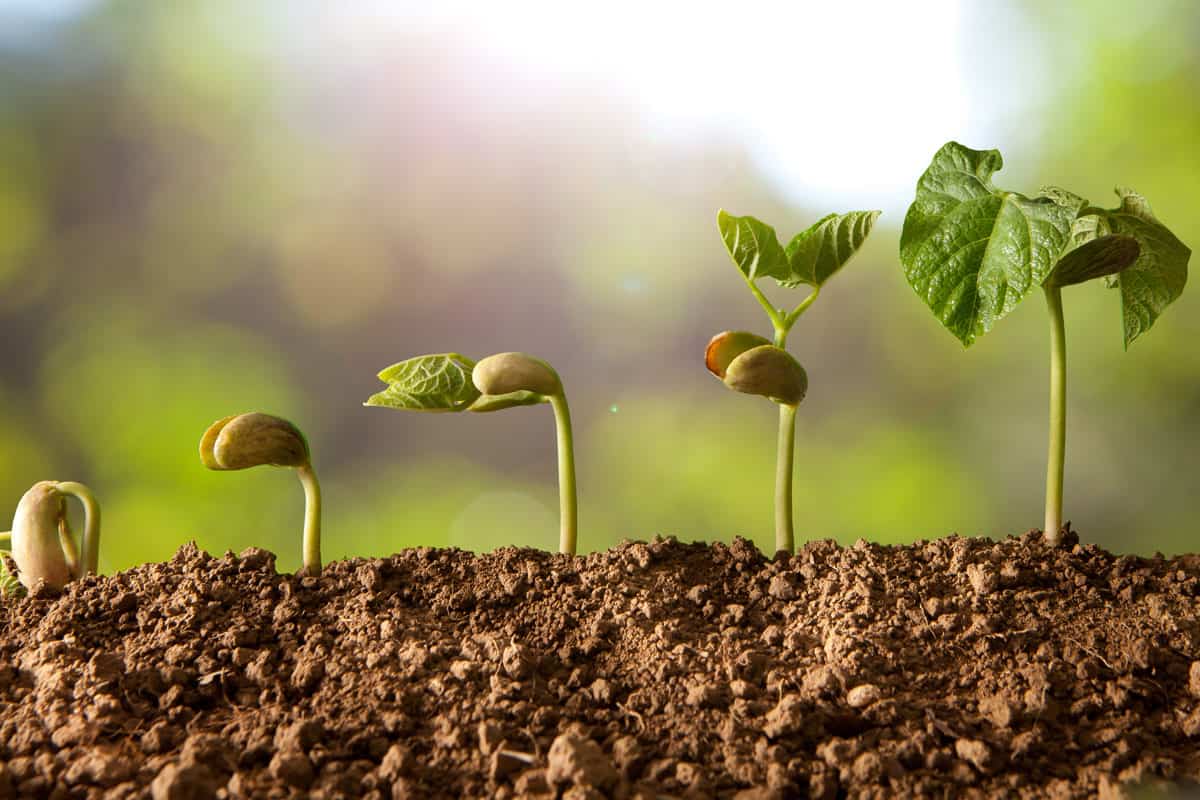
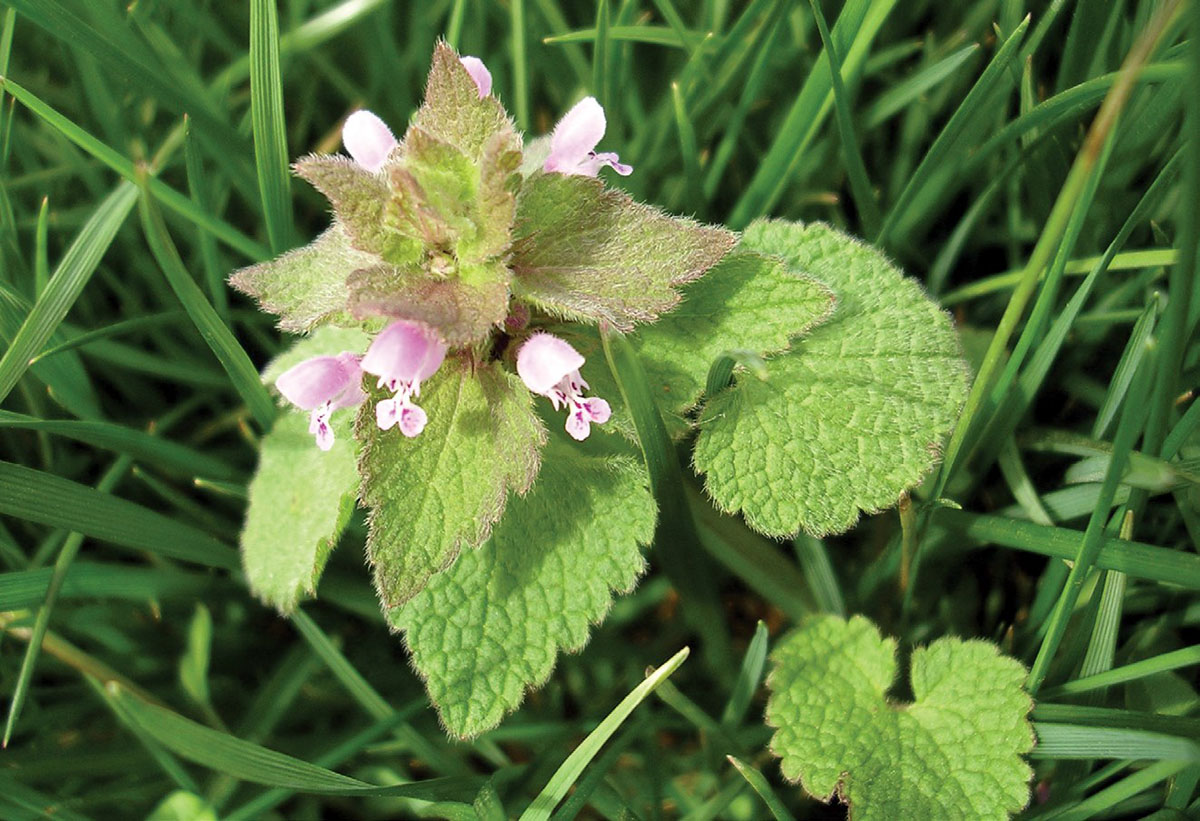

0 thoughts on “What Plants Germinate In Winter”